In the bustle of our modern world, it is easy to overlook the intricate web of life that sustains us. While our daily lives are often focused on human innovations and endeavors, the natural world plays an indispensable role in our well-being. Among the myriad species that inhabit our planet, some prove to be uniquely vital to human survival. Here, we spotlight 12 animal species whose existence is crucial for maintaining the balance that supports life as we know it.
1. Bees: The Unsung Heroes of Pollination
Bees are perhaps the most well-known pollinators, playing a pivotal role in the production of many fruits, vegetables, and nuts that make up our diet. By transferring pollen, they enable the fertilization that is essential for plant reproduction. According to the Food and Agriculture Organization, about one-third of global food production depends on these industrious insects. Without them, our agricultural systems would collapse, leading to severe food shortages.
2. Earthworms: Nature’s Plough
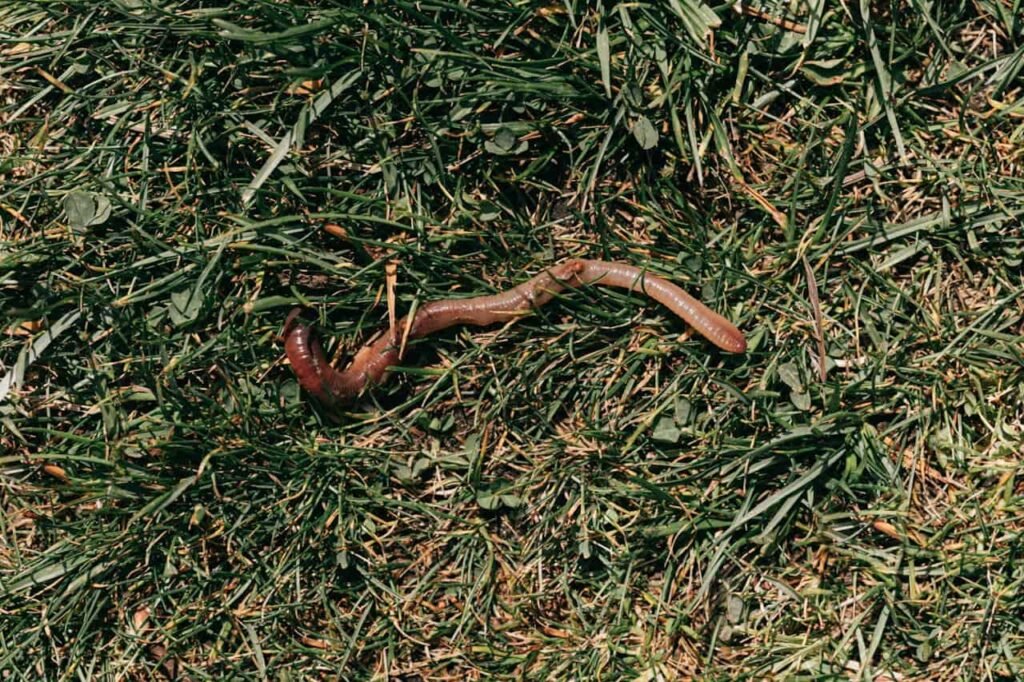
Earthworms might not garner much attention, but their contribution to soil health is monumental. These creatures break down organic material, aerate the soil, and enhance nutrient cycling, which is essential for plant growth. Their activity improves soil structure, enabling plants to access the vital elements they need to grow, ultimately supporting agricultural productivity and sustainability.
3. Bats: Nighttime Protectors of Agriculture
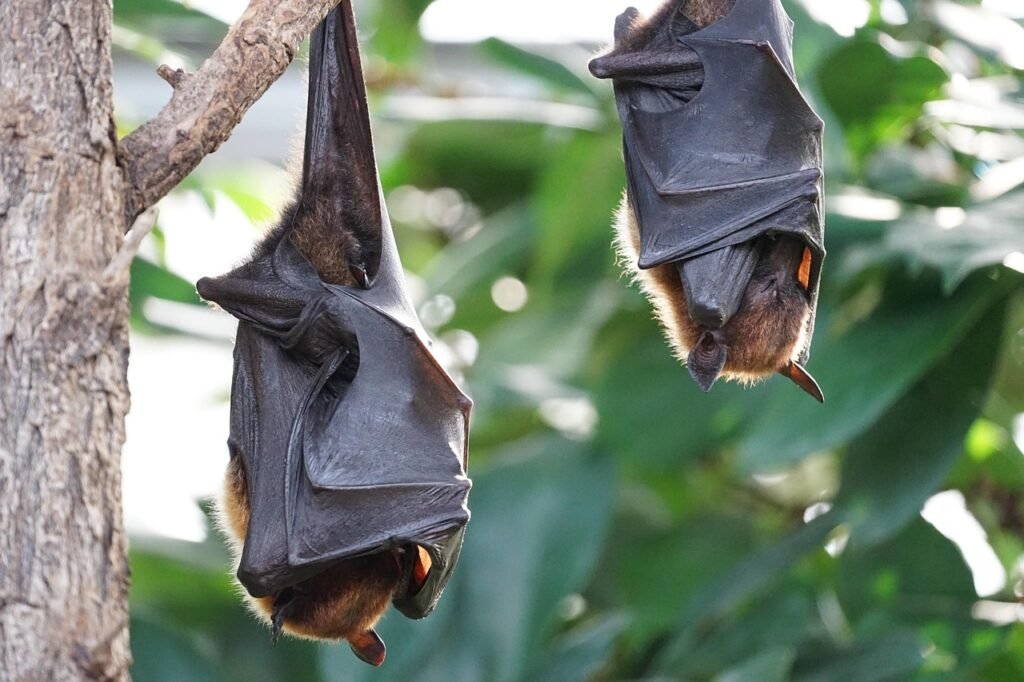
Bats play a significant role in pest control by consuming vast quantities of insects each night. Their appetite for pests reduces the need for chemical pesticides, which can have harmful environmental impacts. Moreover, some bat species contribute to pollination and seed dispersion, further underscoring their ecological importance.
4. Plankton: The Foundation of Oceanic Food Webs

Plankton, both phytoplankton and zooplankton, are microscopic organisms that form the base of aquatic food chains. Phytoplankton, in particular, produce a significant portion of the Earth’s oxygen through photosynthesis. Their presence fuels marine ecosystems, supporting fish populations that provide a primary protein source for millions of people around the world.
5. Ants: Ecosystem Engineers
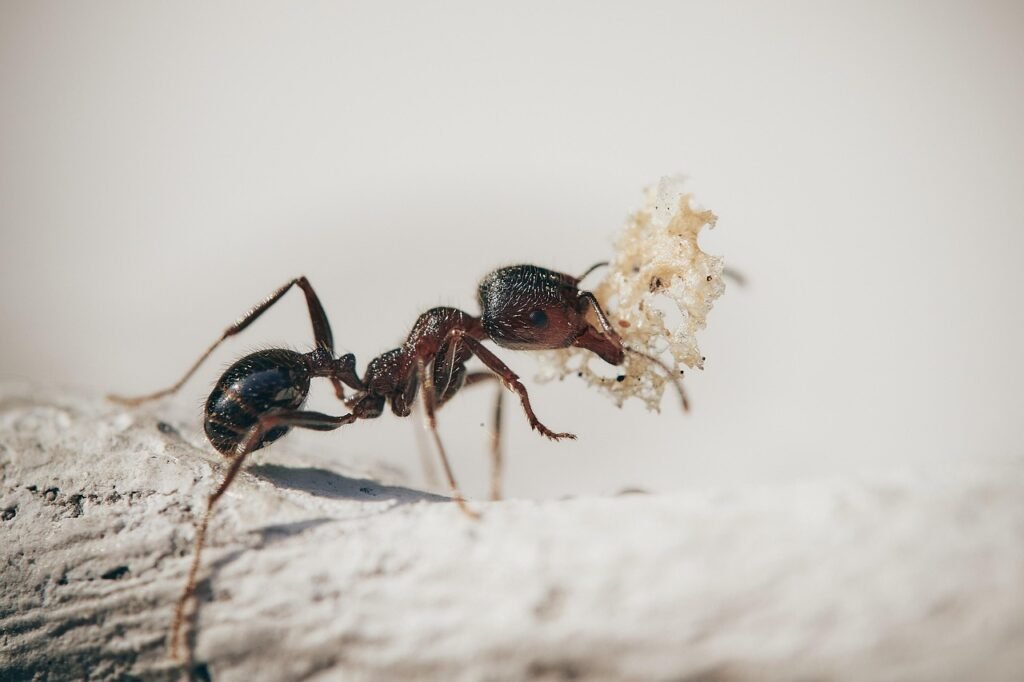
Ants are astonishingly effective at maintaining ecological balance. They aerate soil, efficiently decompose organic matter, and help in seed dispersion. Their diligent work influences plant growth and regeneration, making them indispensable to ecosystems around the globe.
6. Birds: Nature’s Cleanup Crew
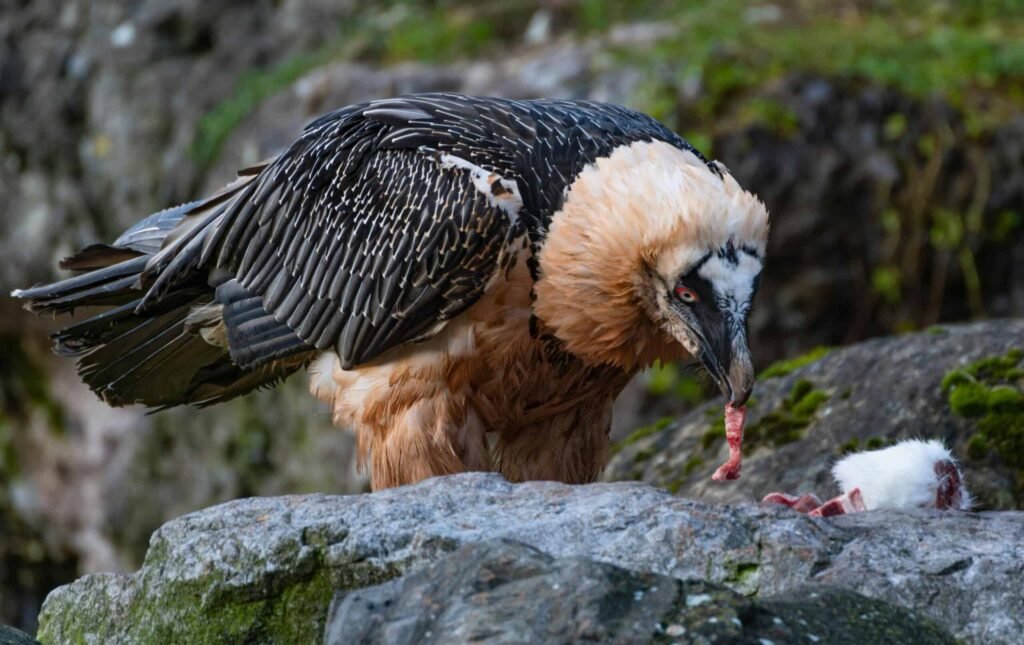
Birds enrich ecosystems in numerous ways, ranging from pest control to seed dispersion. Scavenger birds, such as vultures, play a crucial role in breaking down carcasses, preventing the spread of disease and recycling nutrients back into the ecosystem. Many birds are also involved in pollination, spreading biodiversity across vast areas.
7. Fish: Ocean Balancers and Nutrient Providers

Fish contribute to keeping aquatic ecosystems balanced by controlling algae populations and providing a vital source of nutrients through their waste. They are also crucial to food security, being a major source of protein and essential nutrients for billions of people worldwide.
8. Frogs: Indicators of Environmental Health
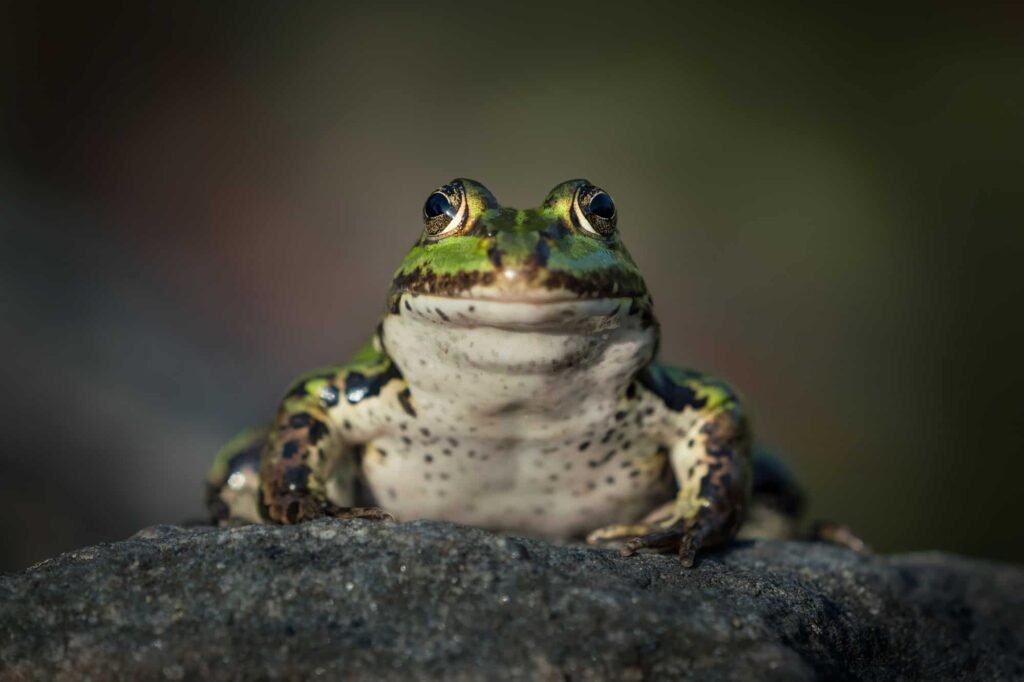
Frogs and other amphibians are sensitive to environmental changes, making them important bioindicators for assessing ecological health. Their presence (or absence) can signal alterations in environmental conditions, such as pollution or climate change, helping researchers identify and address potential ecological issues.
9. Cattle: Providers of Nutritional Resources

Cattle have been integral to human societies for millennia, primarily as a source of meat, milk, leather, and other by-products. Their contribution to agriculture extends beyond food, as they also assist in plowing fields and managing landscapes through grazing, helping to maintain open habitats.
10. Honeybees: Boosters of Biodiversity
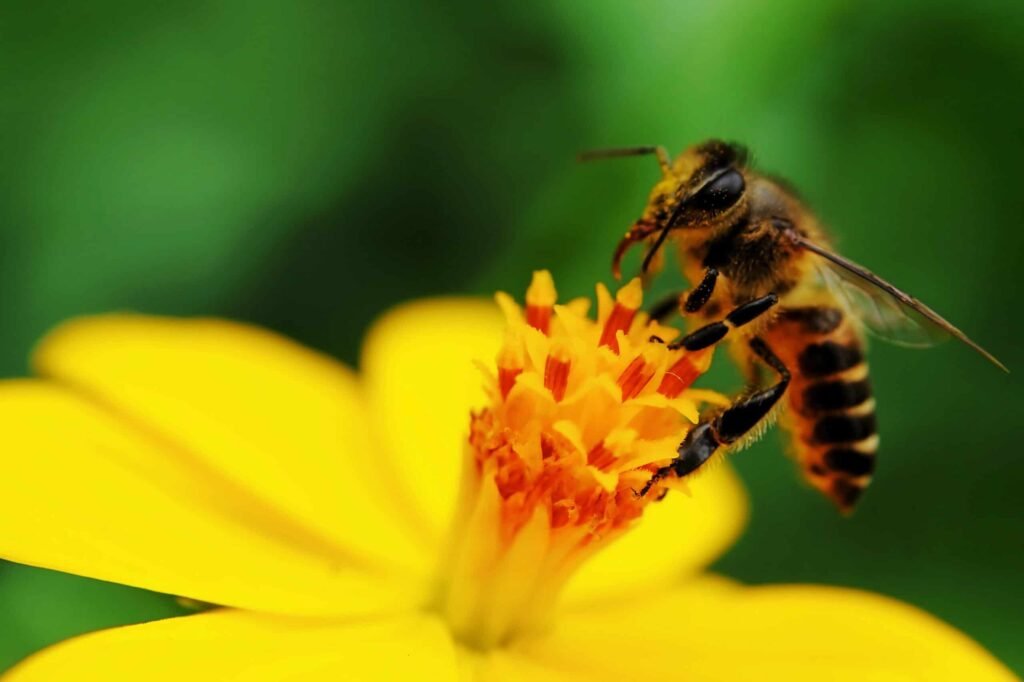
While a subset of bees, honeybees deserve distinct recognition for their exceptional role in increasing biodiversity. By pollinating a wide variety of plants, they help facilitate genetic exchanges, which strengthens plant resilience and promotes ecological diversity.
11. Sea Otters: Guardians of Kelp Forests

Sea otters are vital to maintaining the health of kelp forest ecosystems. By preying on sea urchins, which can decimate kelp if left unchecked, otters prevent overgrazing and help to preserve these underwater habitats, which are crucial carbon sinks and biodiversity hotspots.
12. Predators: Controllers of Herbivore Populations
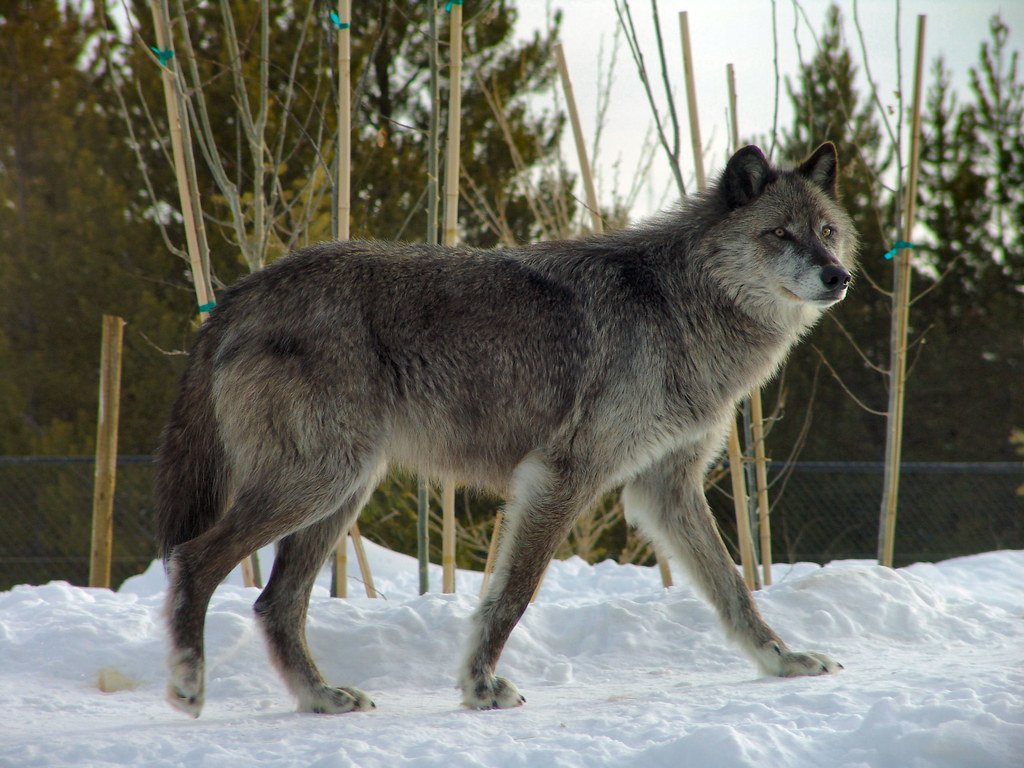
Top predators, like wolves and lions, regulate herbivore populations, preventing overgrazing and promoting vegetation renewal. Their role in managing ecosystems ensures that plant life remains abundant, supporting a myriad of other species and maintaining ecological balance.
In conclusion, these 12 animal species illustrate the incredible interconnectedness of life on Earth. Each plays a unique role in sustaining ecosystems and human livelihoods. Protecting these species is not only an ethical obligation but also a practical necessity, ensuring a healthy planet for future generations. As we strive toward a more sustainable future, recognizing and celebrating the vital contributions these animals make to our lives is a step in the right direction.




